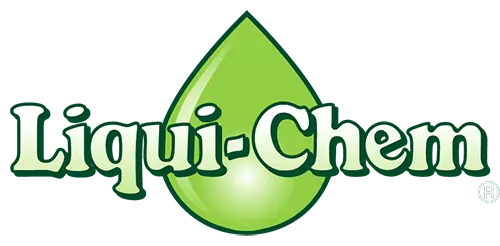Problems & Solutions
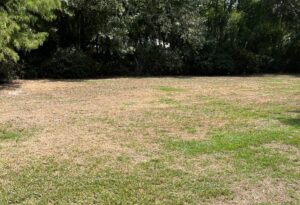
Extreme Heat & Drought Stress
Occasionally we have extreme heat and drought stress that will cause the lawns to turn brown. Normally we recommend not raking out the brown areas as they will re-grow after adequate rainfall or irrigation. To break the drought we recommend

CENTIPEDE LAWNS
Centipede is the dominant lawn grass in our area. It is very tolerant of insects and diseases, however, it is not tolerant of Cultural Mismanagement which causes Centipede Decline. Centipede Decline is a term we use to describe some sick
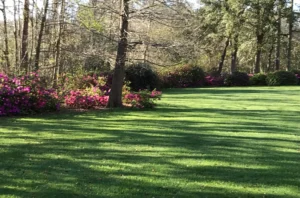
ST. AUGUSTINE LAWNS
St. Augustine lawns have a few special problems that are relatively exclusive to them in our area, such as Chinch Bugs, St. Augustine Decline (SAD Virus), and Grey Leaf Spot Fungus. These problems are in addition to the problems previously

Sodwebworms & Armyworms
Sodwebworms cause dead areas in the lawn about the size of your fist. Armyworms make the lawn look scalped in areas. Both will leave chewed-up leaves and Frass (excreted digested grass) in their path. These are easily identifiable and control
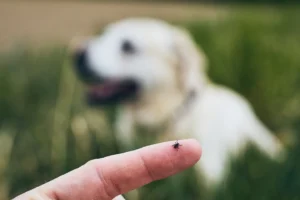
Ticks, Ants and Fleas
We all know what these problems are because they are human and animal pests. Our service blanket sprays four applications of environmentally friendly insecticides routinely each year. We vary these treatments to maximize their effectiveness. These treatments work very well
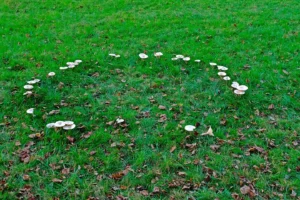
Fairy Ring Fungus
This disease is caused by “Toadstool” or “Mushroom” type fungi. It usually appears in early Summer. On first impression, you think of Brown Patch Fungus, since it was present just earlier in the Spring. Even though Fairy Ring Fungus is

Molecrickets
These guys get blamed for everything. Molecrickets are about the size of regular Brown Fishing Crickets, and have adapted shovel front feet for digging. They are very ugly, destructive creatures. Usually they are identified by their tunneling. These tunnels are

Winter Kill
During the cooler months of WInter, prior to “Spring Green-Up”, there are areas that may be killed by the weather. Where roof drainage occurs from roof gutters and roof valleys, water is concentrated, which can cause the grass to die

Brown Patch Fungus
Brown Patch is a disease that routinely attacks Centipede and St. Augustine grass lawns. It is caused by “Riczoctonia Sp”. which is a soil-borne fungus. This disease causes brown circles to appear in the lawn in mid-October and is considered
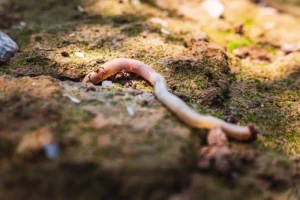
Earthworms
Most everyone thinks of Earthworms as “night crawlers” or those brownish-red fishing worms. Normally they are beneficial to the soil. However, when population increases, usually in richer soil in moist areas, they really make a mess. They deposit little beads
